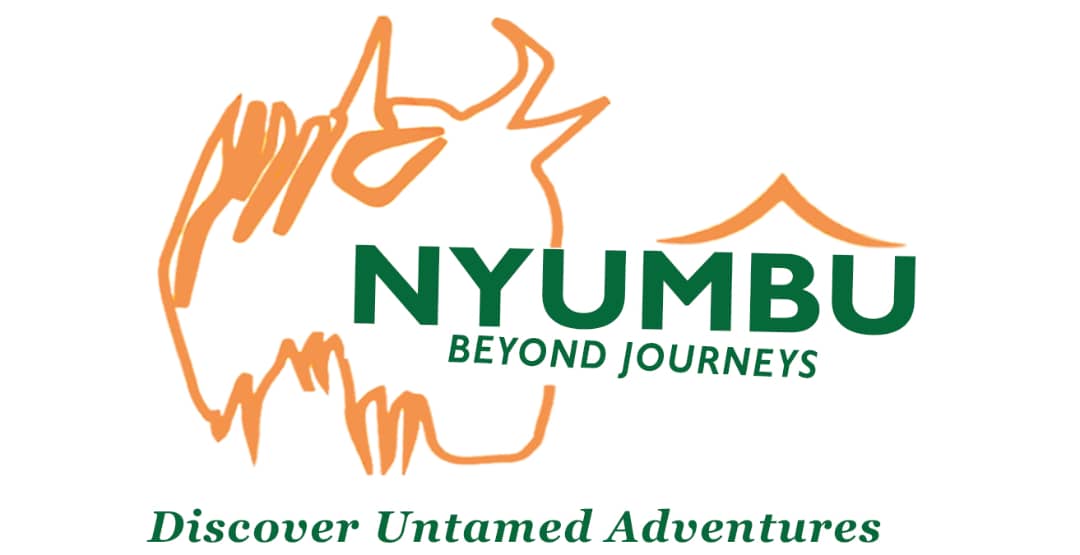About
We pride ourselves on our passion for East Africa, her animals, wild spaces and Culture, amazing people.

© Copyright 2025 Nyumbu Beyond Journeys. All Rights Reserved
Nyumbu Beyond Journeys crafts and designs wildlife, remote area cultures and peoples, and landscape photography Journeys, photography holidays, photo safaris and expeditions that offer some extraordinary opportunities to take home wonderful images and memories that truly last a lifetime. Our Nyumbu Beyond Journeys visit iconic locations that span the worlds great attractions, both popular places and remote, wild and little-visited locations.
Why not join one of our photography journeys and travel with like-minded people, accompanied by a respected photographer-guide?
Nyumbu Beyond Journeys leaders are not only great people at getting you to the best places for wildlife, people and landscapes at the best season and at the best time of day for the best shots, but also expert organisers able to cope with the day to day running of the safari, even in the back of beyond in challenging conditions. They are friendly, approachable people who are always happy to offer advice that will help you obtain better images.
Nyumbu Beyond photography Journeys are for everyone, regardless of the kind of equipment you carry. Don’t be worried you will be out of your depth, or somehow out on a limb, if you bring along a bridge camera with a 20x optical zoom rather than a DSLR and a big prime telephoto lens. Our leaders will do their utmost to make sure everyone in the group gets great shots. We firmly believe that the person behind the camera is more significant when it comes to taking great images than the type of equipment they use. These days you can capture wonderful images with a bridge camera or, in many situations, with a smartphone. Photography has moved on and is no longer as technically difficult as it once was, opening up this wonderful activity to a wider range of enthusiasts.
Are you interested in bird-watching photography journeys that are also good for bird photography? If so check out the ‘journeys good for bird photography’ section of the Great Nyumbu Bird quest photography Journey.
If you’re a photography enthusiast, you might want to consider booking an African photographic safari. Photography is a hobby shared by many. However, taking great wildlife photos requires dedication. By joining a photographic tour you will avoid ending up with a group of people taking selfies at every sighting. Instead, you’ll be with people sharing your passion and dedication. Even if you’re accomplished as a photographer in another field, there’s still much you can learn from an experienced wildlife photographer and the skills of anticipating animal behavior. Wildlife photography on safari is unique in its need for patience and bush etiquette. You should never cross the line where your photography interferes with an animal’s existence.
A photography safari is a guided wildlife tour specifically designed to help photographers capture stunning images of animals, landscapes, and natural scenes. These safaris are tailored with considerations for lighting, positioning, and timing to maximize photo opportunities.
East Africa offers exceptional locations, including the Serengeti and Ngorongoro Crater in Tanzania, Masai Mara in Kenya, Amboseli with Mount Kilimanjaro views, and gorilla trekking parks like Bwindi in Uganda and Volcanoes National Park in Rwanda. Each area has unique wildlife and landscapes ideal for photography.
The dry seasons (June to October and January to February) are usually the best, as animals are easier to spot around water sources. The Great Migration, which peaks from July to October in the Masai Mara, is a highlight, while green seasons offer dramatic landscapes and are ideal for bird photography.
ssential gear includes a DSLR or mirrorless camera, telephoto lenses (300mm or more for close-up shots), a wide-angle lens for landscapes, extra batteries, memory cards, and a sturdy tripod or bean bag for stability. Weather protection for your equipment is also recommended.
Yes, guides experienced in photography know how to position vehicles for the best shots, understand light and angles, and respect wildlife behavior, ensuring both safety and optimal photo opportunities.
Photography safaris often use customized vehicles with open sides, pop-up roofs, and camera mounts, providing better angles and stability for photographing wildlife.
Many safari lodges and vehicles provide charging facilities. However, it’s advisable to bring extra batteries and a portable power bank, especially if you’re shooting in remote areas.
While each park has guidelines, professional guides will keep a safe but close enough distance for impactful photography. Respecting the animals’ space is crucial, so guides typically maintain a non-intrusive distance to avoid disturbing wildlife.
Photography safaris are paced to allow for patient observation and multiple shots. Guides understand that photographers may need more time at a sighting, especially to capture specific behaviors or lighting.
Recommended settings include using a fast shutter speed (1/1000 sec or faster) to capture motion, an aperture of f/4-f/8 for subject isolation, and auto-ISO to adapt to changing light. Practice with manual or aperture priority mode if possible.
Neutral-colored clothing is best to blend into the environment. Consider layers for varying temperatures, a hat, sunscreen, and sturdy, comfortable shoes. Avoid bright colors, as they can alert animals.
Safaris are generally safe for gear, though taking out insurance for your equipment is advisable. Pack in padded bags for transport, and keep an eye on belongings. Most lodges offer secure storage options.
The Big Five (lion, leopard, elephant, buffalo, and rhino) can be spotted in several East African parks. While sightings are common, it’s never guaranteed, as wildlife is unpredictable. Guides will, however, take you to the best areas for Big Five sightings.
In most East African national parks, drones are prohibited without special permits due to noise disturbance and privacy regulations. Be sure to check the regulations for each park beforehand.
Private safaris offer more flexibility in terms of pace and locations, which is ideal for dedicated photographers. Group safaris can be enjoyable but may have less flexibility for positioning and timing, especially if not everyone in the group is a photographer.
Guides can help identify behavioral patterns like predator stalking, hunting, or mating displays, which provide unique shots. Bird migrations, animal migrations, and specific animal behaviors at waterholes also make for incredible photo opportunities.
Some parks may require permits for professional photography or videography, especially if you’re using extensive equipment like drones or want exclusive filming access. Always verify permit requirements with your tour operator.
Many photography safaris include early morning and late afternoon game drives, the best times for soft lighting and animal activity. Certain parks may allow nighttime safaris for nocturnal animal photography, though these often require special arrangements.
Familiarize yourself with your gear, practice in low-light settings, and learn about the wildlife you’ll encounter. Understanding animal behavior and having good camera skills can enhance your photography experience significantly.
Speak to an East African safari specialist to start planning your Unique Hand-crafted Journeys.
Call one of our experts or arrange a video appointment for ideas and advice.
We pride ourselves on our passion for East Africa, her animals, wild spaces and Culture, amazing people.

© Copyright 2025 Nyumbu Beyond Journeys. All Rights Reserved
